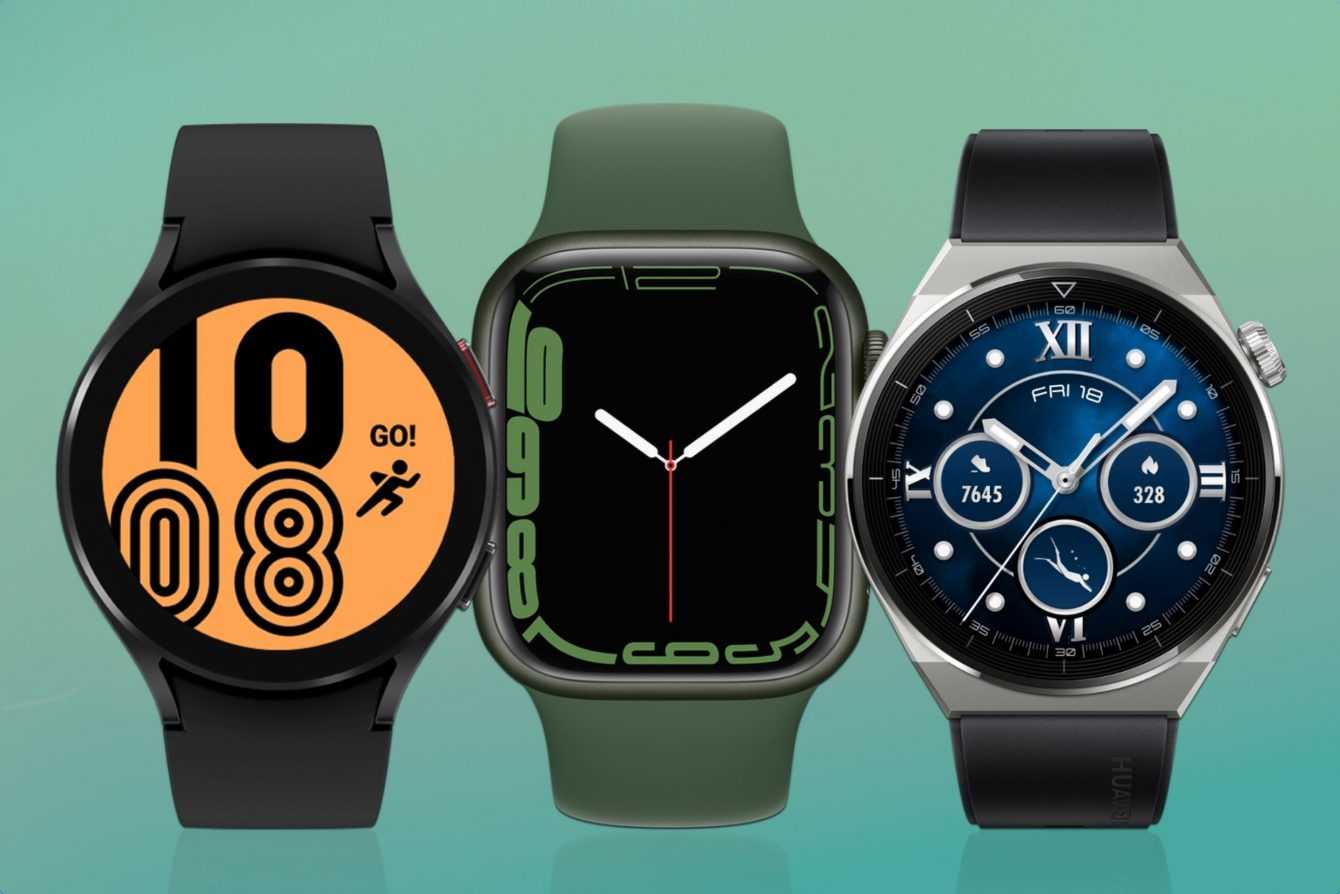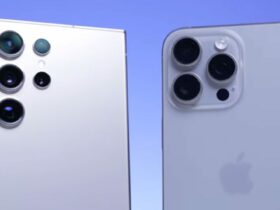The evolution of digital technology has concerned not only portable devices, making them ever more practical and functional, but also ‘wearable’ accessories, especially watches
After the transition from analogue to digital, for several years we have been witnessing a further transformation: the application of increasingly sophisticated technologies and functions. It is in this perspective that the constant development of the smartwatchmodern high tech watches equipped with an increasing number of functions, so much so that they can be considered to all intents and purposes a ‘wrist’ extension of smartphones.
A smartwatch can be a very useful accessory for those who, for example, need to have their e-mail box or a digital calendar (literally) at hand to keep track of the most important appointments. In other words, it’s the best option for anyone who wants to make the management of one’s commitments more agile and smart and have important deadlines and communications under control.
The functionality available are just one of the aspects to consider when choosing a smartwatch model. There are, in fact, various factors to be evaluated carefully in order to identify the most suitable product for one’s needs, also in consideration of a particularly wide and varied offer. In this regard, it is good to get an idea about it also using specialized reviews dedicated to the choice of best smart watchsuch as those on the Reviewwatches.it portal.
Smartwatch or smartband?
Smartwatches are often confused with an apparently similar accessory or i fitness braceletsthe so-called “smartband”. But what is the difference between the two devices? A smartwatch has different affinities with a real smartphone, as it allows you to view incoming emails in real time, receive call notifications or those from social media apps.
A smartbandon the other hand, is a useful accessory to the monitoring of some biological and physiological parametersso much so that it is mainly used by those who do physical activity regularly. In particular, a ‘fitness bracelet’ allows you to monitor heart rate, distance traveled (using a pedometer function), step frequency and other parameters such as, for example, an estimate of calories burned during sporting activity.
In summary, therefore, smartwatches and smartbands represent two rather different products from each other, in terms of characteristics and functionality; consequently, they are suitable to meet different needs. At the same time, most of the smartwatches on the market also include numerous fitness functions, integrating many of the prerogatives of a smartband.
Choosing a smartwatch: what factors to evaluate
Now let’s see what aspects to base your choice on:
- Design: the aesthetic factor certainly cannot be overlooked, especially for those who take special care of their image. From this point of view, there are smartwatch models for all tastes, from the more classic and traditional ones to the modern and minimal ones;
- Screen; the display must be large enough to allow easy viewing of numbers and messages. For greater ease of use, it is good that the screen is equipped with OLED / AMOLED technology, which guarantees excellent color contrast;
- Compatibility; since it is a ‘smart’ device, the smartwatch must also be compatible with the operating system in use on your mobile phone. In fact, some devices are only compatible with Android or iOS; this, as it is easy to understand, can significantly affect the final choice;
- Autonomy; some smartwatches have limited autonomy (never less than 24 hours) while others have a battery that can last even more than a month. This aspect must be evaluated in relation to the expected use of the device; if, for example, you do not want to give up sleep monitoring, it is good to opt for a smartwatch that guarantees greater autonomy;
- Prezzo; last but not least, a factor to take into consideration: the market offers options for all budgets, with prices ranging from a minimum of around 40 euros to a maximum of 300 or 400 euros.
















Leave a Reply
View Comments